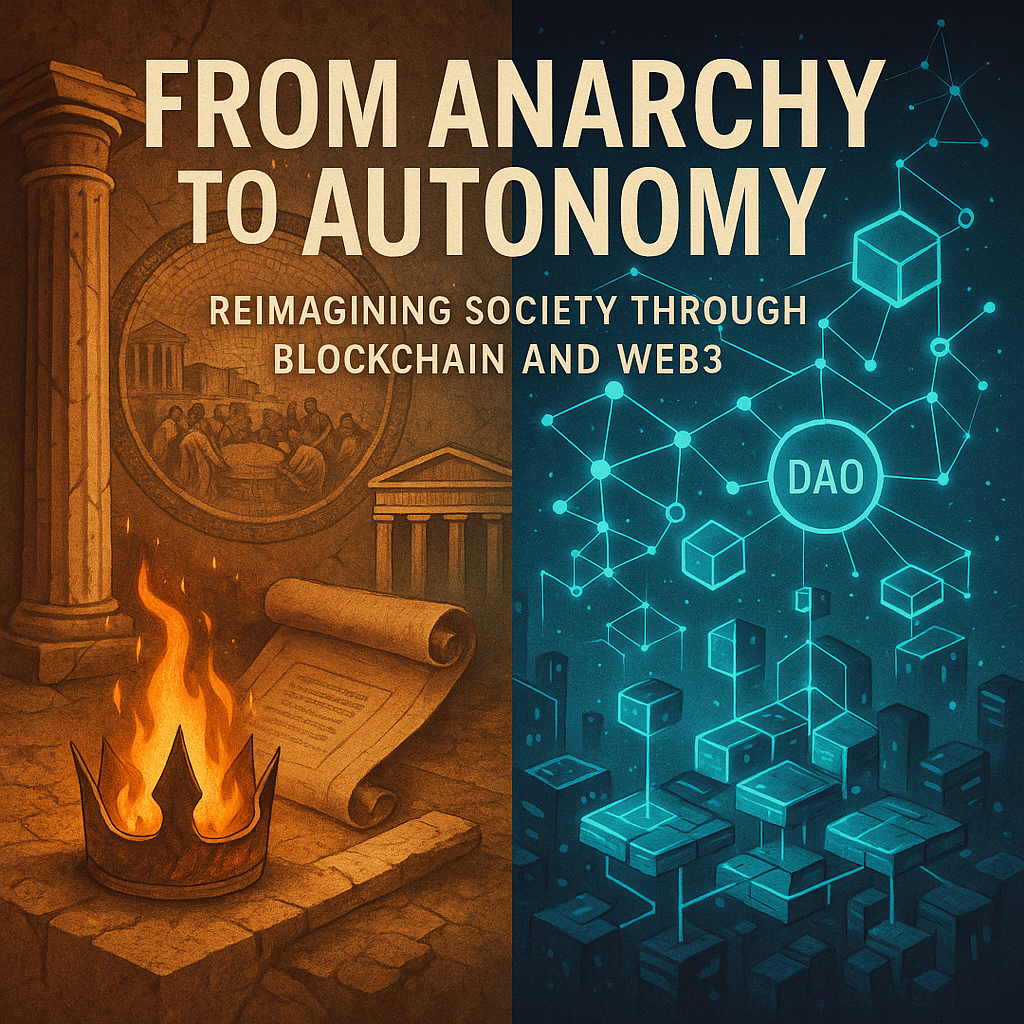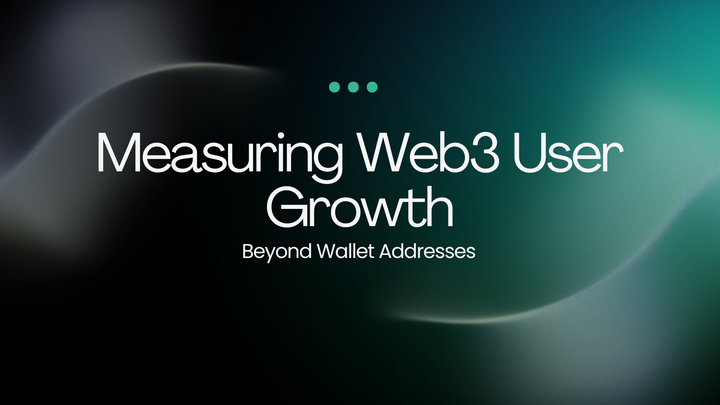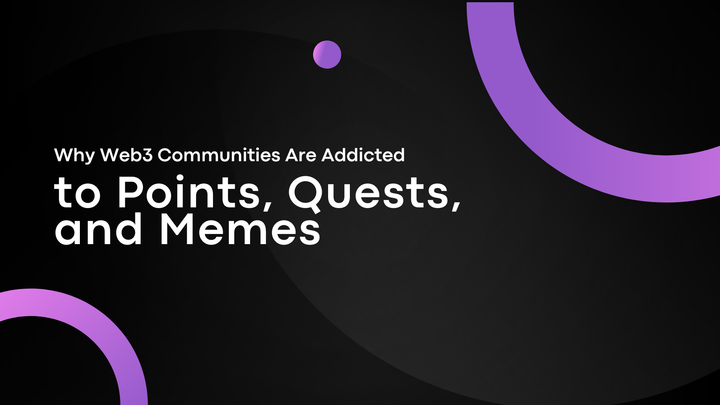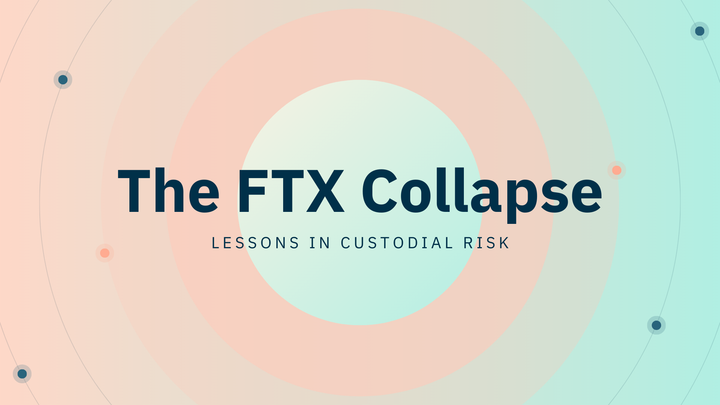From Anarchy to Autonomy: Reimagining Society Through Blockchain and Web3

Imagine a world where no single entity holds the reins of power over your digital life—a world where you control your data, your finances, and your online interactions without intermediaries.
This is the promise of decentralization, the beating heart of blockchain and Web3 technologies. But beyond the buzzwords lies a profound shift—rooted in philosophy, powered by code, and aimed at building a more equitable digital future.
Let’s explore what decentralization truly means, its transformative potential, and the challenges it must overcome.
1. A Philosophical Revolution in Code
Decentralization is not just a technical design—it’s a digital echo of centuries-old political thought.
● Anarchism Reimagined
Anarchism’s rejection of hierarchy and embrace of voluntary cooperation is mirrored in blockchain’s design. Distributed networks replace rulers with protocols, giving rise to systems governed collectively by users rather than centralized authorities.
● Liberalism’s Legacy
Liberalism's emphasis on individual liberty, consent of the governed, and distribution of power resonates in Web3. Features like self-custody, permissionless access, and peer-to-peer finance promote both negative freedom (freedom from control) and positive freedom (freedom to act).
● Grounded in Distributed Systems
At a technical level, decentralization borrows from distributed systems theory. Key principles—fault tolerance, scalability, and consistency—enable blockchain networks like Bitcoin and Ethereum to operate across thousands of nodes without centralized control.
2. The Mechanics of a Decentralized World
● How Blockchain Distributes Power
A decentralized ledger replicated across global nodes ensures transparency, immutability, and security. Consensus mechanisms like Proof-of-Work and Proof-of-Stake allow agreement without intermediaries, making trustless systems viable.
● Web3 and the Ownership Layer of the Internet
Web3 expands this by enabling user-owned applications, data sovereignty, and decentralized governance via DAOs. Smart contracts and dApps power interactions on platforms like Uniswap, while decentralized storage solutions like IPFS safeguard data beyond central servers.
● Dimensions of Decentralization
Decentralization spans multiple layers:
- Architectural (distributed nodes),
- Political (community governance),
- Logical (consensus mechanisms),
- Transactional (peer-to-peer interactions).
Each Web3 project navigates trade-offs between these dimensions—some prioritize scalability, others focus on governance or security.
3. Transforming Society, One Block at a Time
Decentralization is not just reshaping technology—it’s redistributing power across society.
● In Governance
DAOs like MakerDAO experiment with transparent, community-led decision-making. This model reimagines democracy by automating rules and making power dynamics auditable.
● In Finance
DeFi platforms democratize access to capital and banking services. Whether it’s borrowing from Compound or trading on Uniswap, users can participate without traditional financial gatekeepers.
● In Identity and Expression
Decentralized identity solutions return control of personal data to individuals. Meanwhile, NFTs and Web3 social platforms like Lens Protocol let creators connect with audiences directly—enabling censorship resistance and direct monetization.
4. The Perils of the Decentralized Dream
Despite its promise, decentralization faces serious technical, social, and philosophical challenges.
● The Scalability Trilemma
No blockchain has fully solved the trade-off between scalability, security, and decentralization. Layer 2 solutions help, but mass adoption remains constrained by performance limits.
● DAO Governance Flaws
Low voter participation, plutocratic token distributions, and coordination failures can centralize power and stall progress—contradicting decentralization’s ethos.
● Security Risks
From 51% attacks to smart contract exploits, decentralization’s openness can be a double-edged sword. Without central oversight, recovery from malicious actions is difficult or impossible.
● Regulatory Uncertainty
Governments struggle to define how to regulate borderless, decentralized protocols. Overregulation risks stifling innovation; under-regulation leaves users exposed.
● Environmental and Ethical Concerns
PoW-based networks like Bitcoin face criticism for energy consumption. Pseudonymity also enables money laundering and fraud, while speculative behavior creates volatile markets. The lack of recovery mechanisms (e.g., lost keys) adds further risk for everyday users.
● The Decentralization Illusion
Some Web3 projects rely heavily on centralized cloud infrastructure (e.g., AWS), while venture capital dominance in token allocations risks recentralizing power in new forms.
5. A Future Worth Fighting For
Decentralization isn't just a passing trend—it’s a blueprint for a freer, fairer digital future. But to fulfill its promise, we must address its flaws.
● Practical Solutions Ahead
- Security: Code audits, insurance protocols, and user education.
- Usability: Intuitive UX/UI for onboarding the next billion users.
- Governance: Better DAO tooling with voting safeguards and sybil-resistance.
- Sustainability: Move towards energy-efficient consensus like PoS or zk-proofs.
- Legal Clarity: Collaborative regulation that protects users without stifling open innovation.
● A Shared Vision
Technologies like Bitcoin, Ethereum, IPFS, zk-rollups, and DAOs demonstrate that real change is possible when power is distributed. But the movement must remain vigilant—not just against external threats, but also internal compromises.
Projects like Mitosis mark a pivotal evolution in the decentralization movement—one that moves beyond ideology to embrace modular, composable infrastructure built for scale. As we work toward a more autonomous digital future, these innovations are essential to turning decentralization from a philosophical vision into a practical, lived reality for billions.
Decentralization as a Civic Responsibility
Decentralization in blockchain and Web3 is more than code—it’s a call to reclaim digital agency. Rooted in the ideals of anarchism, liberalism, and distributed systems, it offers a path toward digital autonomy, resilience, and collective empowerment.
But realizing this vision won’t be easy. It requires cross-disciplinary collaboration, ethical design, and a commitment to inclusivity. The question isn’t whether we can achieve this future—but whether we’re willing to fight for it.
Sources
Decentralization- AWS, Amplifyyou
Decenter Research Paper
Web3 Limitations-Kilobit
Britannica-Anarchism



Comments ()